
Hello! I’m James “WxWatch” Glenn and I’m a software engineer on the Riot Developer Experience: Operability (RDX:OP) team. My team focuses on providing tools for Riot engineers and operations teams that help them better understand the state of their live services across the globe. Some of these tools include Riot’s service metrics, logging, and alerting pipelines. In this article, I’ll be talking about our one-stop-shop application for Rioters operating services - Console.

Hi all, Brian "Penrif" Bossé here with a fresh batch of gory, nerdy details surrounding an outage for League. Today we'll be going through why the EU West shard was out to lunch for just over five hours on January 22, 2021. We don't always write these things up - they take time to do and the reasons for outages aren't always that interesting - but this one was particularly painful as it was quite long and on the heels of some other, unrelated outages so figured it'd be worth a dive.
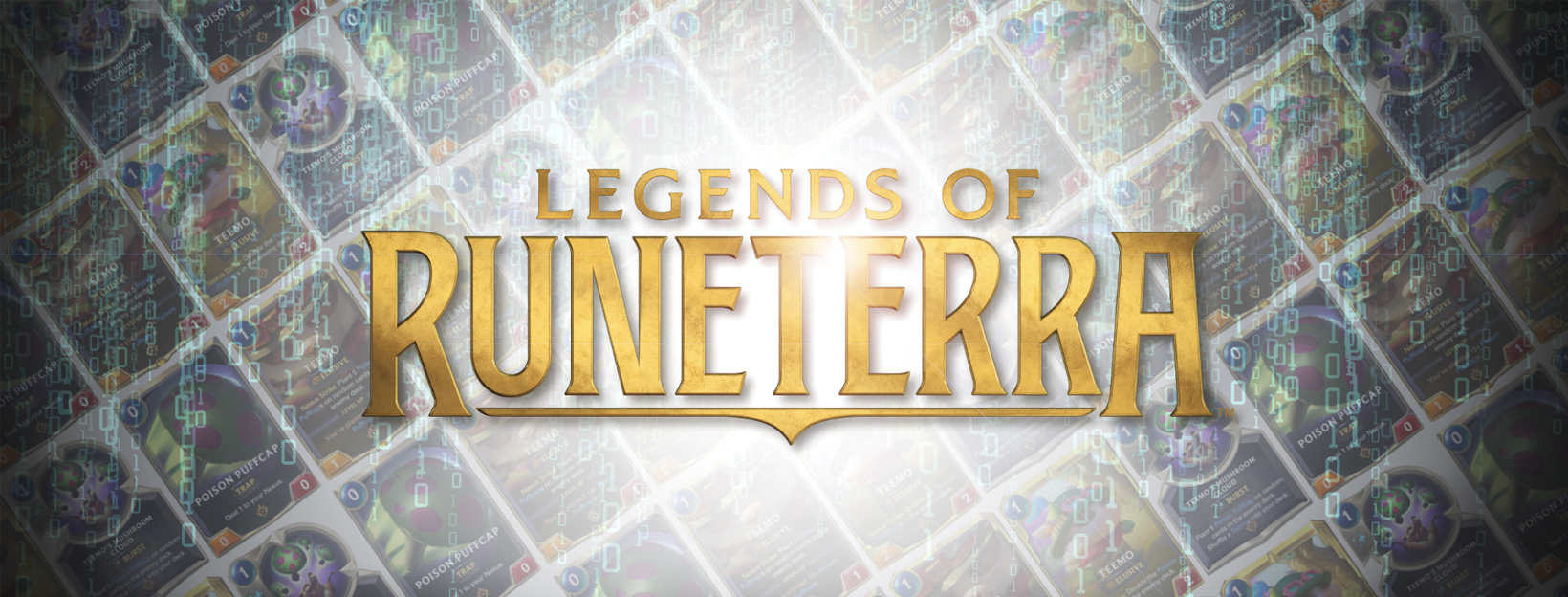
We’re Patrick Conaboy and Jeff Brock and we’re senior software engineers on the Legends of Runeterra Card Design team. The engineers on our team are responsible for building tools, writing game logic, and supporting card designers. In this article, we’ll be covering how engineers on LoR built out a new scripting system that enables designers to iterate and experiment with new card ideas easily.
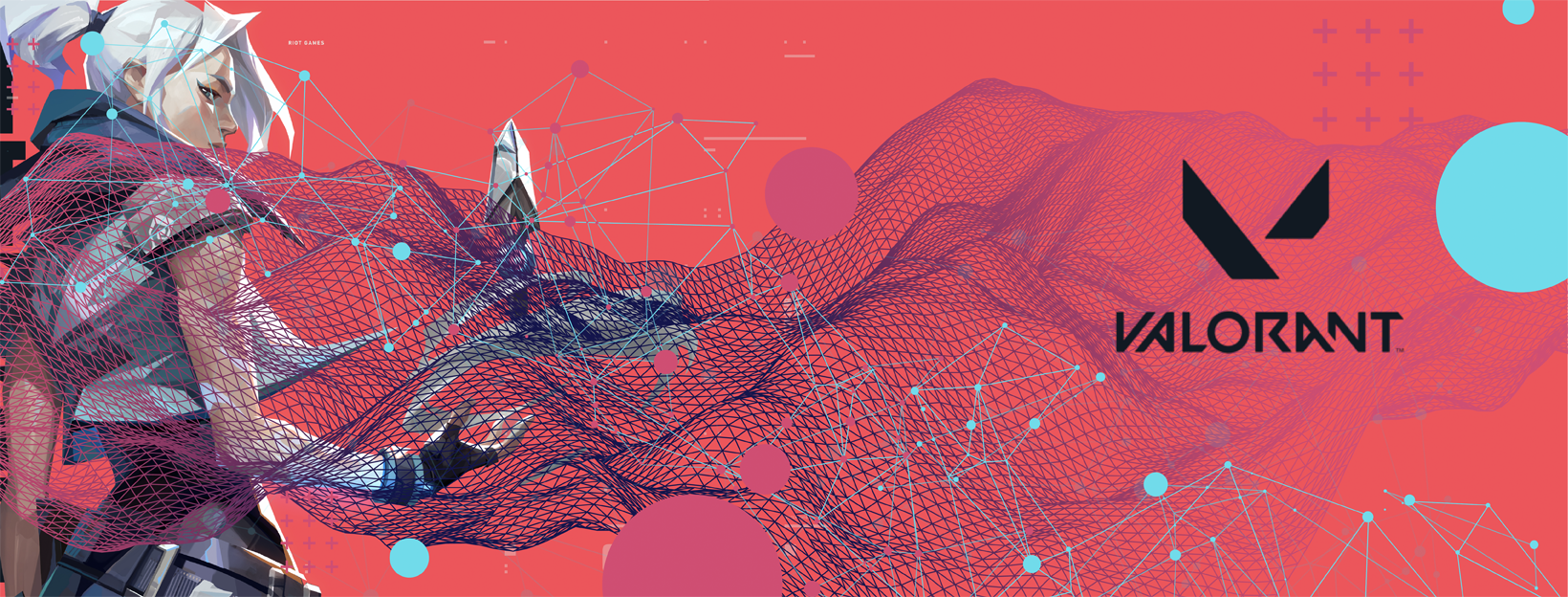
When VALORANT was still early in development, we had high hopes that in the future we’d launch with high initial popularity. From the beginning, we prioritized scalability to make sure we could support the number of players we were hoping for. Once VALORANT entered full production, we began working in earnest on a load test framework to prove out our tech. After many months of work, we successfully ran a load test of two million simulated players against one of our test shards, giving us the confidence we needed for a smooth launch. This article explains how we load tested our platform, and how we tackled the scaling challenges we encountered along the way.

Hi, my name is Aaron Torres and I’m an engineering manager for the Riot Developer Experience team. We accelerate how game teams across Riot develop, deploy, and operate their backend microservices at scale - globally. I’ve been at the company for a little over 3 years and I’ve been writing Go code that entire time. In this article, we’ll be specifically looking at how a few different teams use Go. I’ll be tagging in two technologists - Chad Wyszynski from RDX Operability and Justin O’Brien from VALORANT - to discuss how they use Go for their projects.
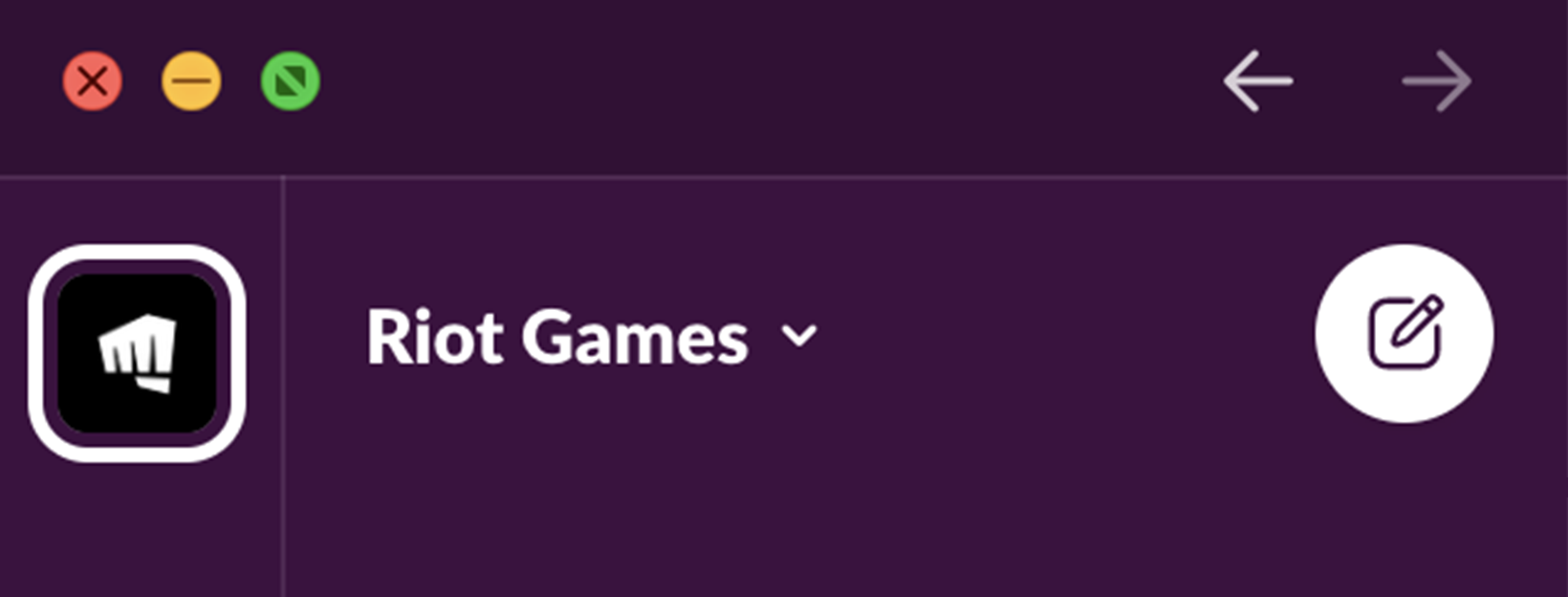
I’m Byron Dover, engineering manager for information technology at Riot, and I lead the team responsible for developing enterprise software at Riot - or as we sometimes call it, Riot’s Operating System. I’m excited to share a look at how Riot integrates with Slack to support the game development lifecycle.
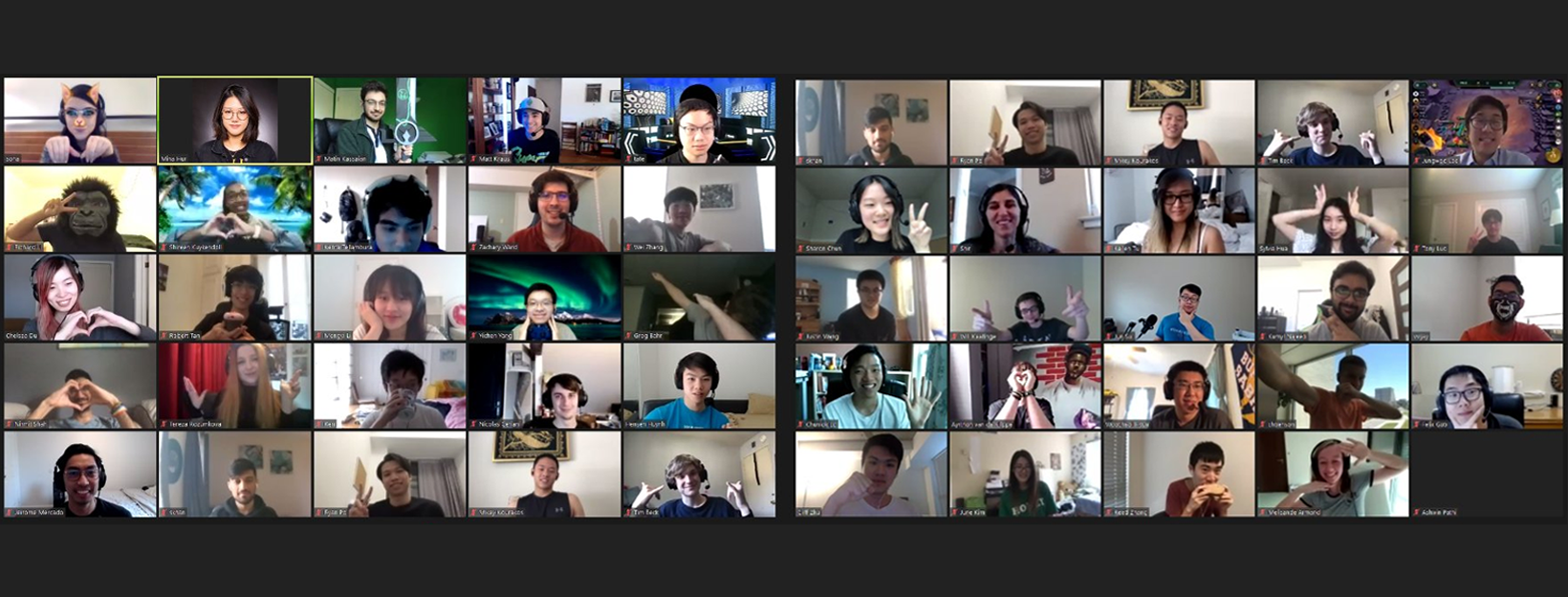
The Riot internship program helps technical players drive their professional growth by embedding them on tech teams and having them contribute to impactful, exciting technology projects. Last year we published an article by some of our interns, giving readers a glimpse at the projects technical interns get to work on. We’re doing a follow-up this year, but with additional sections to reflect our new games.
There were so many interns excited to contribute to this article that this year we’ll be doing a 2-part series. Intern stories are sorted into categories - the first post (this one) includes all blurbs for League of Legends, TFT, & VALORANT, and the second post focuses on General Game Tech & Tooling/Infrastructure.

The Riot internship program exists to help players drive their professional and personal development. This is the second post in the 2020 intern series - be sure to check out the first post as well.
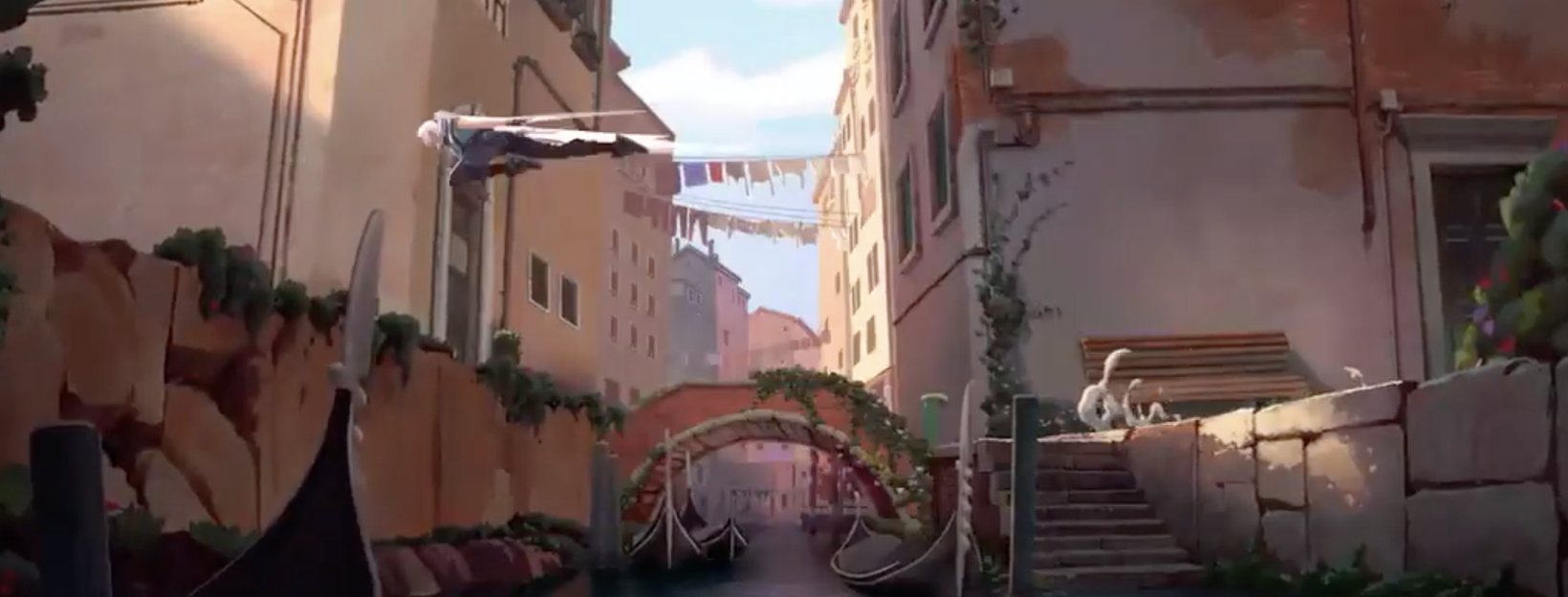
Hi, I’m Brent “Brentmeister” Randall and I’m an engineer on the Gameplay Integrity team for VALORANT. My team is responsible for VALORANT’s build system, automation framework, game client performance, and server performance. In this article, I’ll be focusing on that last topic - I’ll be telling the technical story behind our search for optimal server performance.
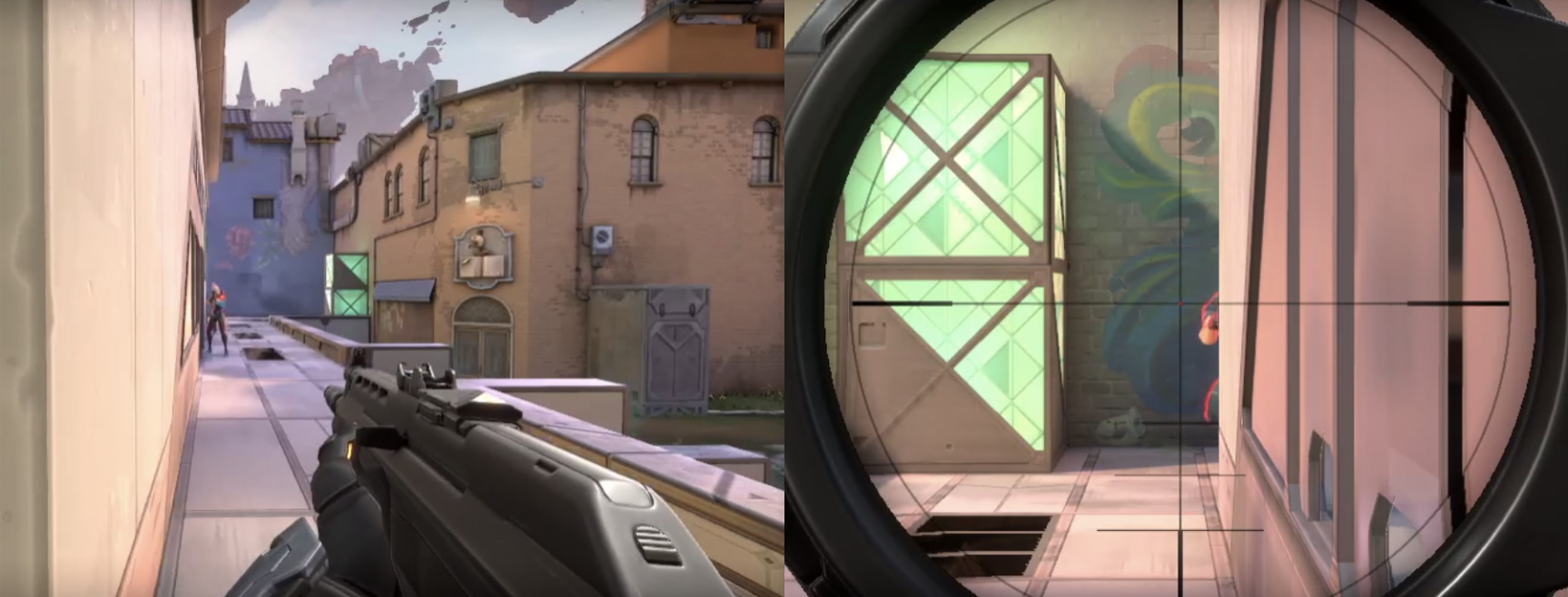
We’re Matt deWet, gameplay tech lead on VALORANT, and David Straily, project tech lead on VALORANT - and we're beyond excited to be here with you all to share some of the technical details behind how we’re addressing some common issues in the FPS genre - peeker’s advantage, poor hit registration, and simulation divergence.










